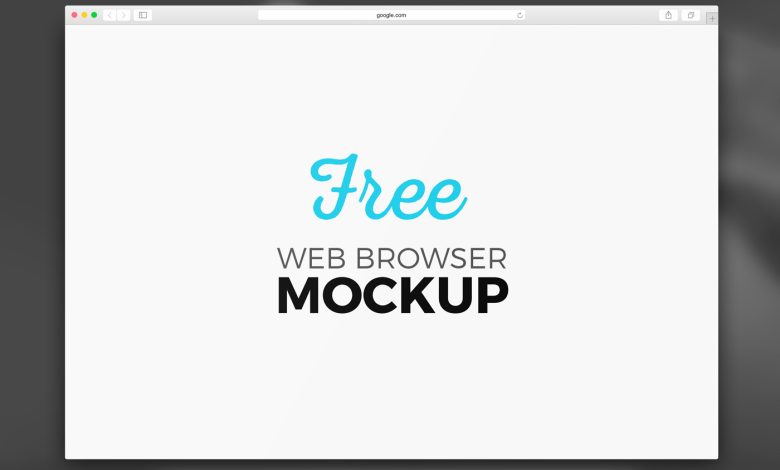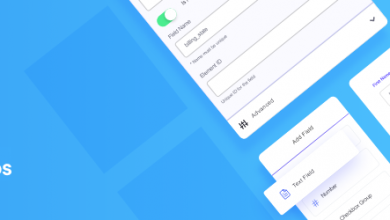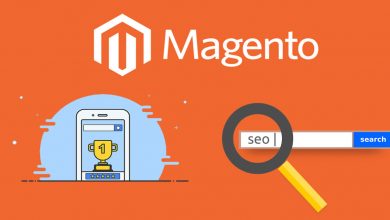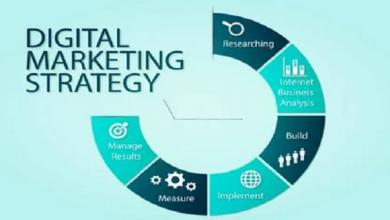The Top 3 Form Types That Need To Be A Part Of Your Website

There are a lot of different factors that come into play when it comes to improving the user experience of a website and web browser mockup. The pages of your website are needed to load quickly to ensure peace of mind for the users as well as efficiency.
Navigation is needed to be as clear and straightforward as possible, with easy directions for the visitors to follow when they are looking for your contact pages, blog posts, or products. Moreover, the website’s colours are required to blend together while ensuring there is enough contrast in the areas that need it.
Having an excellent user experience is a necessity when you take into consideration the fact that it acts as a touchpoint for your potential customer or user. One of the most significant of these is the forms that are being used on your website.
All of the websites in this world need at least some form of interactive content. Users must be able to achieve their purpose using the site. Whether they are looking for a bar to search information on your site, contact your team, make a purchase, or, complete a booking, you need to help them achieve whatever they are trying to. Forms are the source of a majority of interactive activities available on a site.
If you have mastery over the UX of a form, you can ensure more meaningful interactions between your brand and your customers. However, not all the forms are the same and there exist multiple types of forms from which you can choose.
Opt-In Forms:
This is one of the best forms in the digital world. In its essence, it is a form that asks the users to opt-in for specific offers. Sometimes, this could also be as sign up for a webinar, other times it might be a special deal or discount, or could also be signup to a series of blogs or newsletters.
This is the form that has the power to grab attention quickly and ask for something specific from the visitor of your site. These forms are all about generating action from them. Often, they are installed at the bottom of a landing page after the company has already explained on the rest of the page what they are offering.
You will also find them at the sidebar of a website which keeps on influencing the user to sign up for something in return. These are also common to appear as pop-ups on websites nowadays.
Contact Form:
This one is yet another essential element of building a website with effective UX. However, it is also an element that is often ignored by web designers and business owners alike. It is essential because it offers an easy and quick way for a user to get in touch with a business.
This is the reason they should be easy to find and use on any website. These are common to be found on a dedicated page, the link of which is available on top as well as the bottom of a website and are often called “Contact Us” or “Customer Support”.
When installing them, try to make them as simple as possible so that the users can use them with ease. Make sure that you check them in your web browser mockup when you get your website developed.
Apart from being easy to be found, these forms should also reassure the audience that they are doing the right thing by getting in touch with the business. Therefore, the content Is required to be short and trustworthy. For this, be sure to highlight why the users should get in touch with your company and how they could be able to do so.
Moreover, you should also be sure to avoid any information that is not necessary. Examples of this include your client’s age, job, or nearest physical location. These are the fields that have the potential to chase the customer away so be sure to avoid them.
The Online Payment Form:
Often it happens that your customers have seen what you have in offer for them, they have also compared you with the competitors and decided to go ahead to make the purchase. To help them do so, you are required to have an online payment form installed on your website.
Online forms make sure that your customers are able to enter their payment details securely and move ahead to purchase what you have to offer. You can get these installed on your website when you request a web browser mockup from your developer.
Most of the payment processing companies are available with payment forms already included which gives you the ability to embed them to your website in just a matter of a few minutes.
However, you also have the option to customize these as per your requirements. The ideal situation is when the customer stays on the same page for making the payment and they don’t have to log in to a different browser to complete their purchase.




